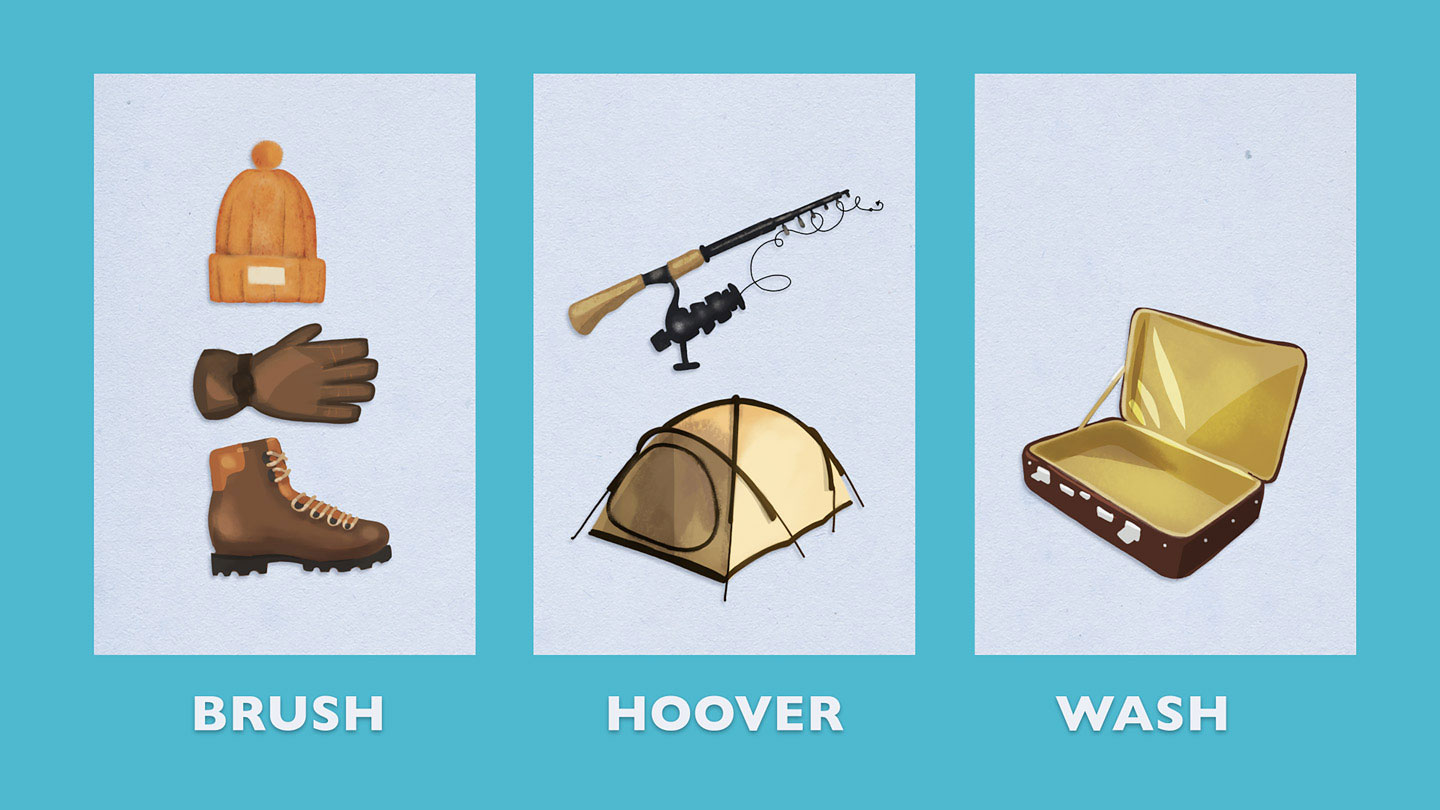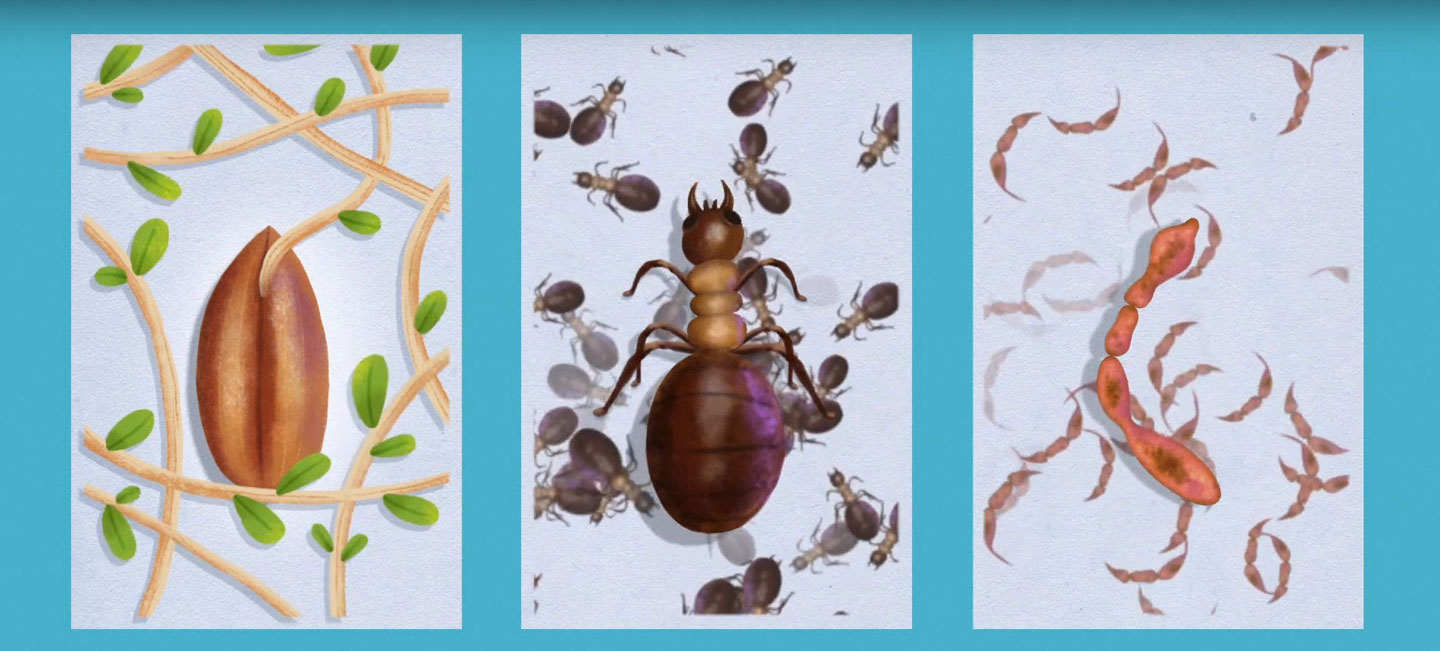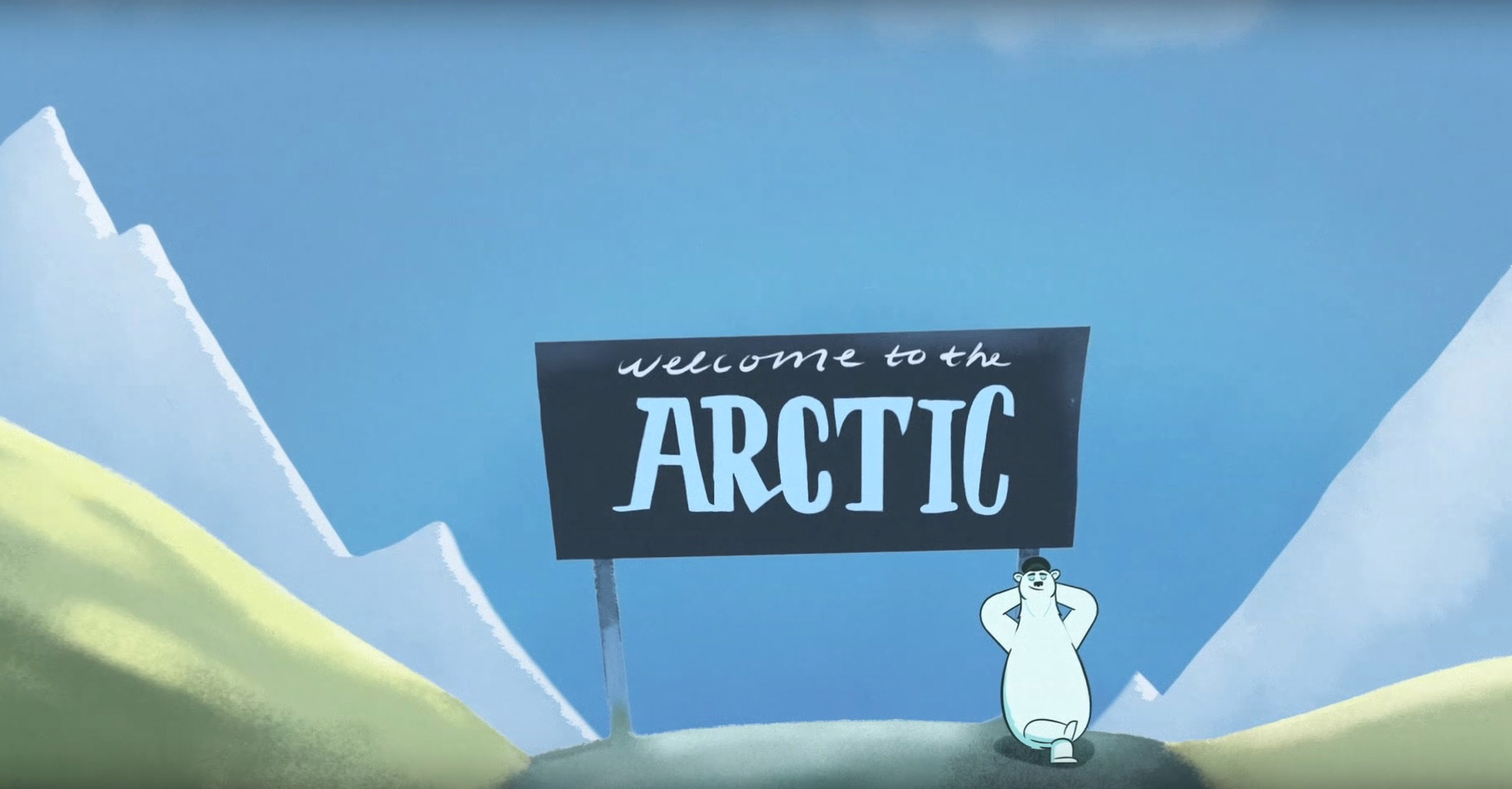Keep alien species out of the Arctic!

The Arctic environment is unique. Many species and habitats are only found in the Arctic, and these are uniquely adapted to the region. Arctic ecosystems are characterized by a relatively low diversity of species, although their abundance is often locally high – such as for the massive colonies of seabirds. Unfortunately, the low species diversity makes Arctic ecosystems particularly vulnerable to alien species.
Globally, invasive alien species are among the most significant threats to native biodiversity and ecosystems. There are currently few invasive alien species in the Arctic, but more are expected to come due to increased human activity in the region. Rapidly changing climatic conditions and growing tourism, settlement and resource extraction activities, all act together to make the Arctic region vulnerable to biological invasion.
However, we still have a window of opportunity to protect the Arctic from the impact of alien species. The most effective action to reach this goal is to prevent the introduction of potentially harmful alien species. Contributing to this goal is everybody’s responsibility. Luckily there are some simple measures that you can take!
Арктическая природа – уникальна. (убрано окончание уникальная) Множество видов и мест обитания можно найти только в Арктике, и эти виды уникальным образом приспособлены к этому региону. Арктические экосистемы характеризуются сравнительно малым разнообразием видов, но их численность в некоторых местах велика. Например, там можно обнаружить крупные птичьи базары морских птиц. К сожалению, малое видовое разнообразие делает арктические экосистемы уязвимыми для чужеродных видов.
В глобальном плане инвазивные чужеродные виды являются одной из значительных угроз биоразнообразию и экосистемам удаленных регионов. В настоящее время в Арктике мало инвазивных чужеродных видов, но ожидается, что их численность возрастет в связи с увеличением ддеятельности человека в этом регионе. К факторам, делающих Арктику уязвимой к биологическим инвазиям, можно причислить быстрые климатические изменения и увеличение туризма, численности населения и добычи природных ресурсов.
Однако, у нас до сих пор есть возможность защитить Арктику от воздействия чужеродных видов. Самая эффективная мера для достижения этой цели – недопущение попадания в Арктику потенциально вредных чужеродных видов. Все несут ответственность за внесение вклада в достижение этой цели. К счастью, для этого вы сможете принять простые меры!

Remember, if you are visiting the Arctic, make sure you don’t bring any stowaways with you. Brush, hoover and wash your bags, clothes, shoes and equipment before leaving home.
Fishing equipment should be disinfected, by means of drying and heating, freezing or chemical treatment.
This animated film is intended to inform travellers about the dangers that alien species present to Arctic ecosystems. This means that it’s important to ensure that nobody accidentally brings alien species with them as stowaways in their clothing, baggage or equipment. The film project is led by the Norwegian Institute for Nature Research (NINA) in cooperation with the Swedish Environmental Protection Agency and the Ministry of Agriculture and Forestry of Finland. In addition, important collaborators are the Governor of Svalbard, the Norwegian Environment Agency, Association of Arctic Expedition Cruise Operators (AECO), Visit Svalbard and Hurtigruten Svalbard.
The foreign ministers of the eight Arctic countries (USA, Canada, Russia, Iceland, Denmark (Greenland), Finland, Sweden and Norway) adopted the Arctic Invasive Alien Species (ARIAS) Strategy and Action Plan (CAFF and PAME 2017) at the Arctic Council Ministerial meeting in Alaska, May 2017. This film is a follow-up of the first of the priority actions listed: „Promote and, as needed, develop targeted communications and outreach initiatives to raise awareness of the urgent need and unique opportunity to protect the Arctic region from the adverse impacts of invasive alien species.”


